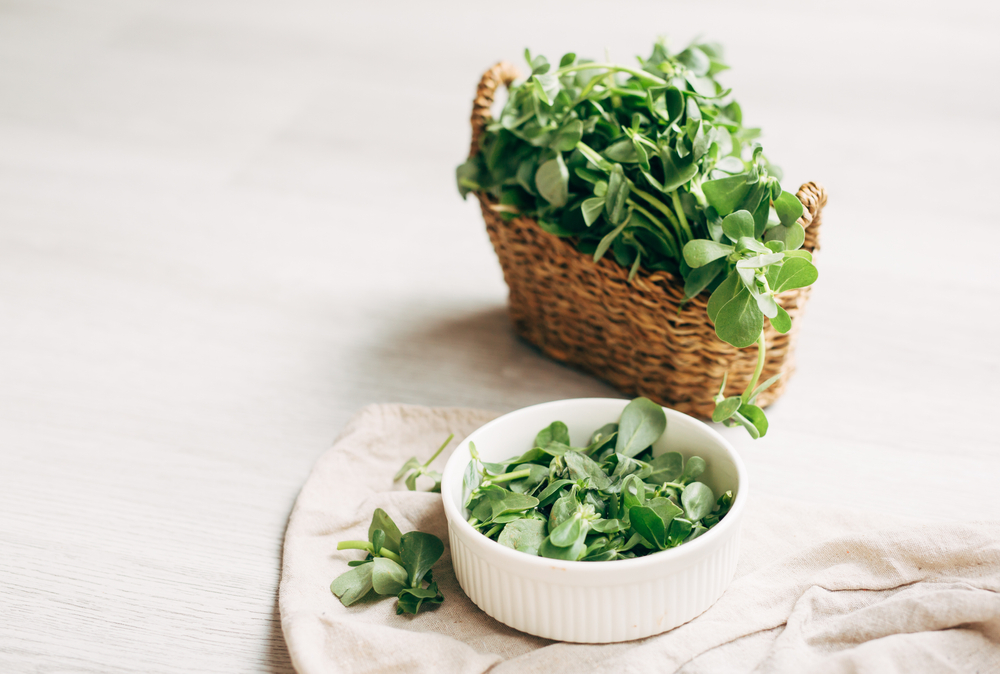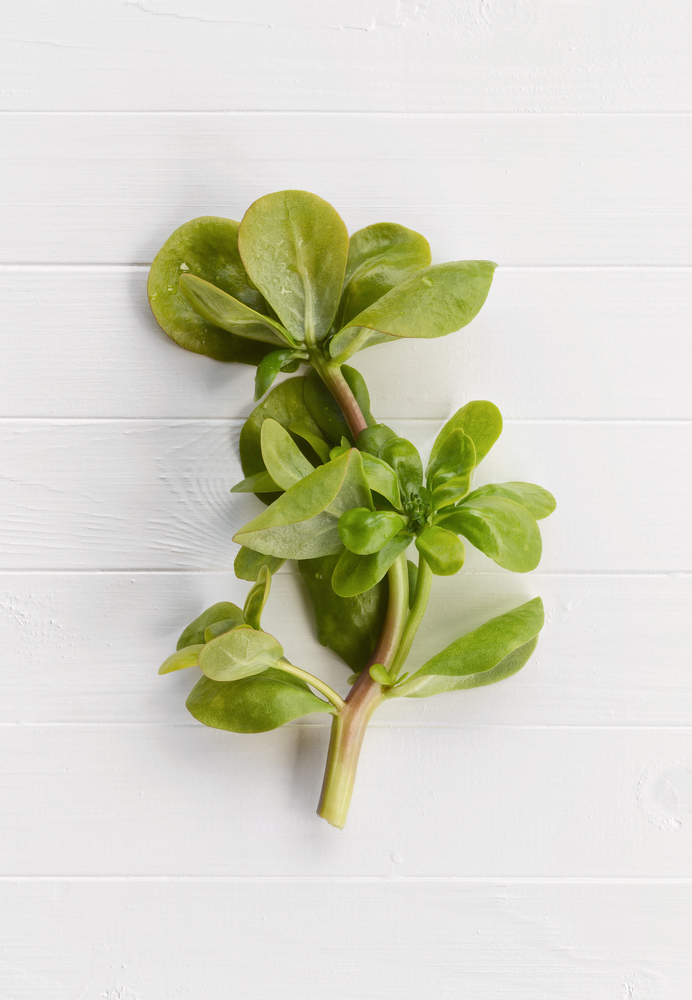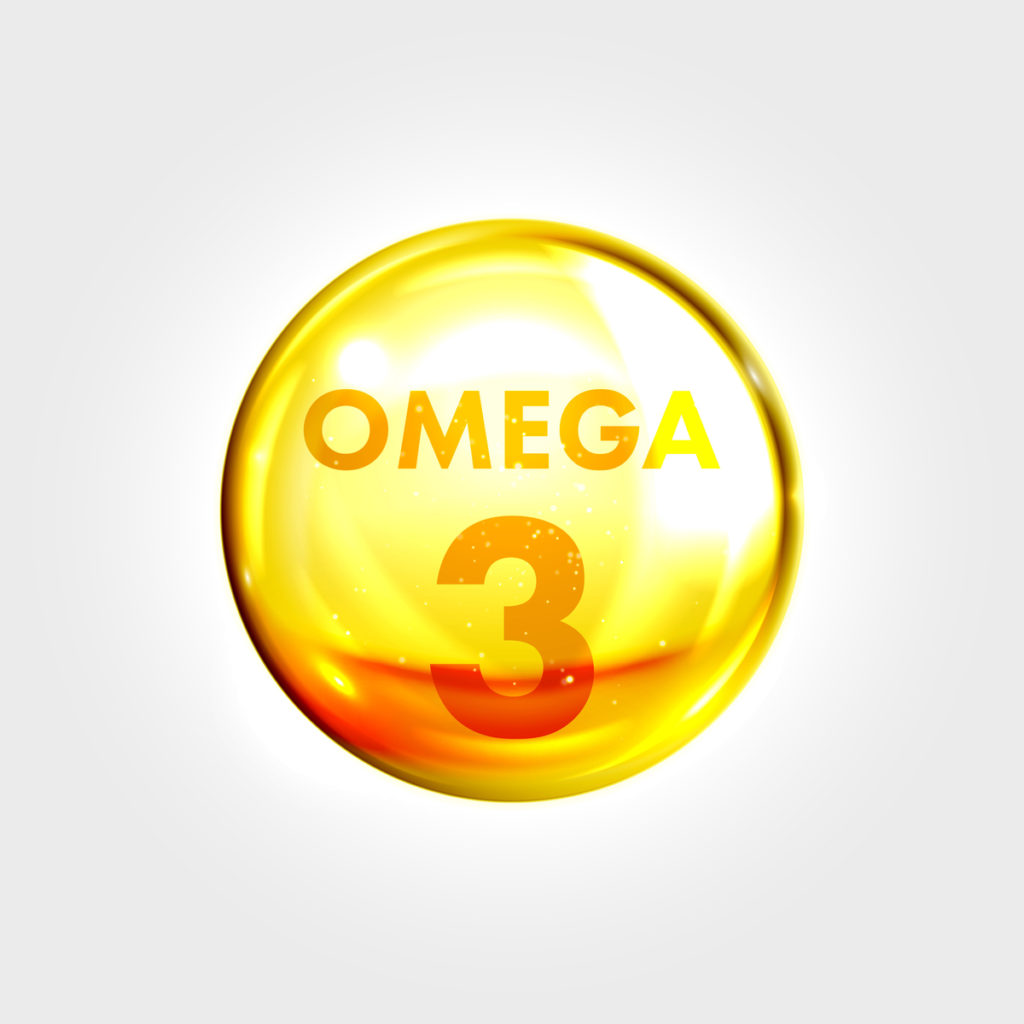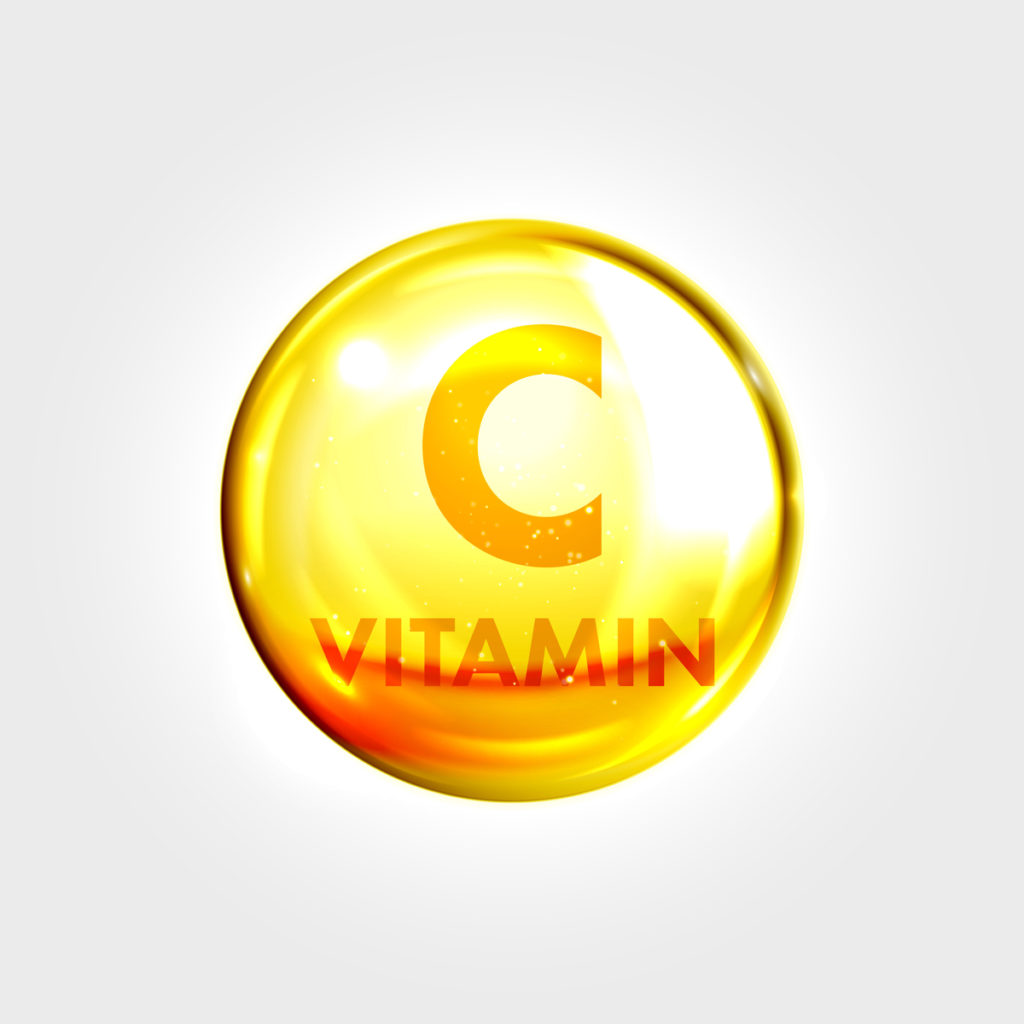WACKY WEED OR CULINARY DELIGHT? WHAT YOU NEED TO KNOW ABOUT PURSLANE
From Clearing Out Inflammation to Infection

If you’ve ever heard of Purslane, you probably know it as a weed. But it’s actually an edible succulent that is loaded with vitamins and nutrients. Plus, it’s delicious! It’s been eaten around the world, raw or cooked, for hundreds of years. And we’re predicting that it’s going to be a major culinary trend very soon.
So read on to learn everything you need to know about this wonderful weed.
What is Purslane?
Purslane, also known as little hogweed, fatweed, pusley, and wild portulaca, is a leafy green annual succulent.
Some people think of it as an invasive weed because it can grow almost anywhere–from a crack in the sidewalk to a patch of dry, salty soil. It can even survive in a drought! Because it’s so easy to grow, Purslane is a great vegetable that anyone can cultivate in their garden–no green thumb required.
Most people treat Purslane the same way they would treat lettuce or spinach. You can eat it raw in a salad or sandwich, but it can also be cooked into a dish. Its taste is slightly sour or salty, like watercress.
Purslane and Traditional Chinese Medicine
 In Traditional Chinese Medicine, Purslane is known as Ma Chi Xian. It’s categorized as a cold food with a sour taste. That means it’s often prescribed to dispel heat and toxins. And as a sour food, it’s thought to be connected to the Large Intestine and Liver.
In Traditional Chinese Medicine, Purslane is known as Ma Chi Xian. It’s categorized as a cold food with a sour taste. That means it’s often prescribed to dispel heat and toxins. And as a sour food, it’s thought to be connected to the Large Intestine and Liver.
In TCM, herbs like Purslane are often used as medicine. As a cold herb, this plant is used to clear out inflammation and infection, called “internal heat.” It can help increase the amount of cooling Yin energy in the body to balance out the fiery energy of Yang.
Traditional Chinese Medicine assigns one of five tastes to each food–sweet, salty, pungent, bitter, and sour. As a sour herb, Purslane is thought to improve digestion by helping the Large Intestine extract toxins from the body.
3 Reasons To Start Using Purslane
Oh My, Omega!
 Omega-3 fatty acids, found in fish and walnuts, are important nutrients that our body doesn’t naturally produce. To get the Omega-3s that we need, we have to consume them by eating or taking a supplement.
Omega-3 fatty acids, found in fish and walnuts, are important nutrients that our body doesn’t naturally produce. To get the Omega-3s that we need, we have to consume them by eating or taking a supplement.
Purslane is a rare low-fat food that is loaded with Omega-3 fatty acids. It actually has two different types of Omega-3: ALA and EPA. ALA is usually found in plants, but EPA is more likely to be in seafood like Salmon and Mackerel. Purslane has 600% as much ALA as spinach and is one of the few plants that even contains EPA.
Here are some of the many benefits of getting enough Omega-3 fatty acids in your diet:
- Mental Health: People who eat enough Omega-3s are less likely to be depressed or anxious. It’s not a cure to your mental health issues, but it can help!
- Pregnancy Health: When you’re pregnant, it’s extremely important to load your diet with nutrients and vitamins so you and your unborn child stay healthy. Omega-3s are especially important for prenatal health for mommy and baby. There’s even evidence that it can make your child more intelligent!
- Healthy Heart: You might think fat is bad for your heart, but Omega-3s are crucial to good cardiac health. They can lower bad cholesterol, raise good cholesterol, and prevent blood clots. One study found that Purslane seeds lowered LDL (bad) cholesterol in overweight teenagers thanks to their high Omega-3 and antioxidant content.
So whether you’re a vegetarian trying to keep your diet balanced or you just want a healthy option for Omega-3s, Purslane is perfect.
Awesome Antioxidants
 Purslane is a nutritious veggies that is chock-full of antioxidants to keep you healthy. Antioxidants boost your immune system by destroying free radical toxins that are found in cigarette smoke, UV light, and other pollutants. In fact, antioxidants are so powerful that one study found they can help heal tumors!
Purslane is a nutritious veggies that is chock-full of antioxidants to keep you healthy. Antioxidants boost your immune system by destroying free radical toxins that are found in cigarette smoke, UV light, and other pollutants. In fact, antioxidants are so powerful that one study found they can help heal tumors!
Purslane contains many different forms of antioxidants, making it a bona fide superfood. Here’s some of the nutrients you can expect in every bite of Purslane:
- Vitamin C: Vitamin C doesn’t just come from oranges! Ascorbic acid, as it’s also known, is key for maintaining healthy skin, muscles, and bones. Also known as ascorbic acid, vitamin C is an antioxidant that is essential for the maintenance of skin, muscles and bone. Just one serving of Purslane contains 26.6 mg of Vitamin C.
- Vitamin E: Alpha-tocopherol, a form of Vitamin E, is found in high levels in Purslane. One serving has 12.2 mg of alpha-tocopherol to help protect your body’s cells.
- Vitamin A: Sick of eating carrots for your eye health? Try Purslane instead. It’s loaded with the antioxidant beta-carotene. This turns into vitamin A to help maintain healthy peepers.
Many Minerals
If you’re looking for a way to add some extra nutrition to your summer salad, Purslane is the way to go. On top of all the Omega-3s and antioxidants, Purslane is loaded with good-for-you minerals.
It’s got 494 mg of potassium (10% of your daily value) to help lower your risk of heart disease, 68 mg of magnesium (6% of your daily value) to protect you against heart disease and type 2 diabetes, and 65 mg of calcium (5% of your daily value) for healthy bones. If you’re really looking to up your nutritional content, opt for older plants instead of younger ones which have lower levels of minerals. Note: Avoid it if you have kidney disease.
Whether you add it to a salad or it’s part of an herbal prescription from your TCM practitioner, Purslane is a superfood filled to the brim with vitamins and nutrients that keep you healthy. So give this weed a chance!
Newer
Herbal Decoctions Versus Herbal Tinctures: What's The Difference?
Older
4 Ways To Hack Your Happiness Chemicals With Eastern Medicine
Comments (0)
Leave a reply
You must be logged in to post a comment.




